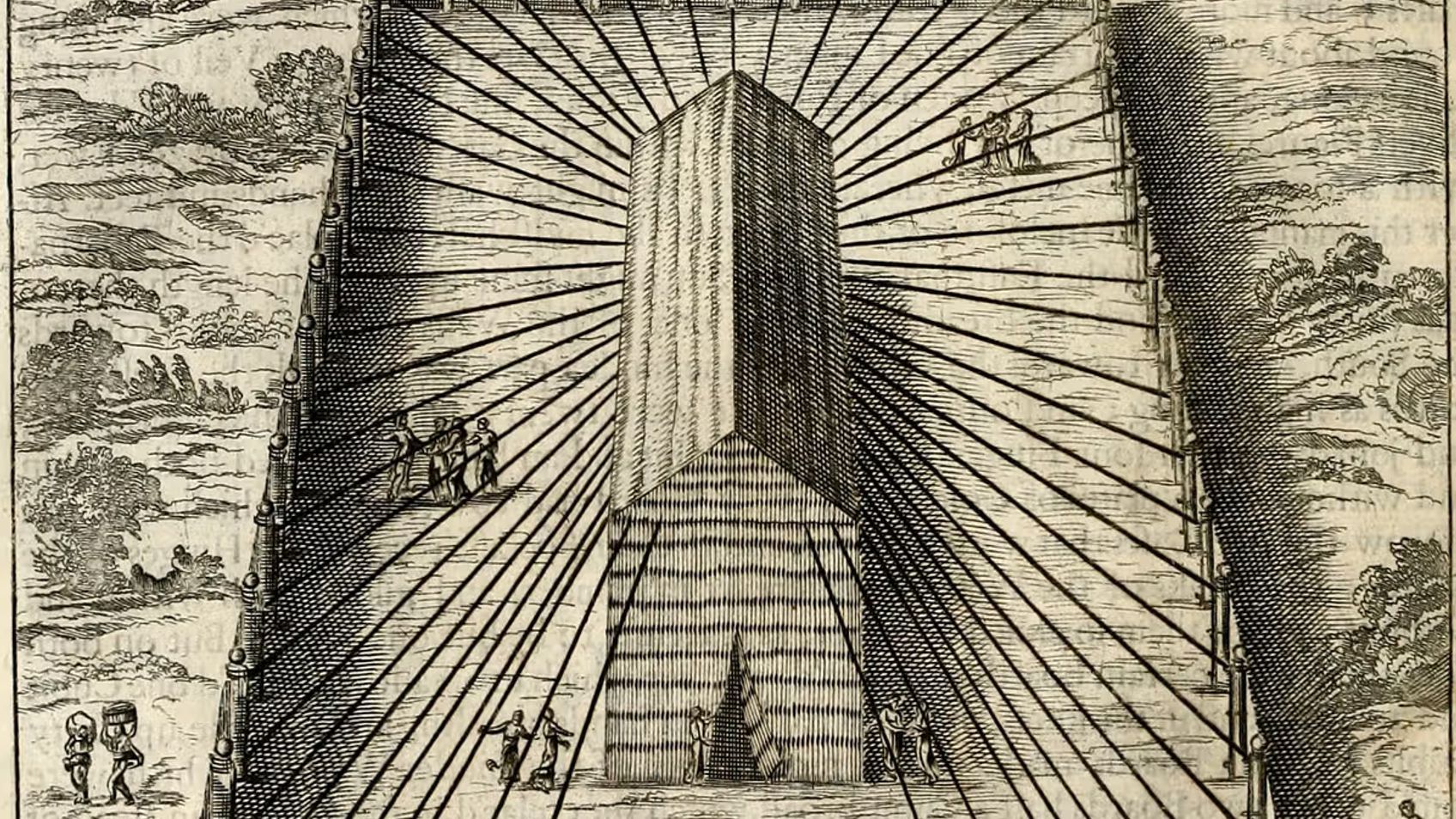The Structure (Part 2)

The TabernacleSteve Gregg
This segment focuses on the remaining verses of Chapter 26 in Exodus, delving into the intricate structure of the curtains surrounding the sacred space. The dimensions and materials of the curtains are described, symbolizing purity and representing the fellowship of the saints. The significance of the pillars is explored, highlighting how even those whose lives are cut short can still possess wisdom and righteousness. The veil that separates the Holy Place is examined, with connections made to the glory that radiated from Moses' face and the greater glory revealed in the New Testament. The profound message is that God's presence is accessible, and through Jesus, believers can boldly enter into the holiest place.
More from The Tabernacle
6 of 10
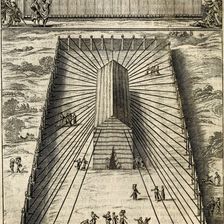
Next in this series
Golden Altar and Insence Altar
The Tabernacle
Discover the insights of Steve Gregg as he delves into the profound topics of the Golden Altar and Incense Altar from Exodus chapter 27 and chapter 30
7 of 10

Construction and God's Presence
The Tabernacle
This insightful exploration by Steve Gregg delves into the significance of construction and symbolism in the tabernacle as a representation of God's p
4 of 10

The Structure (Part 1)
The Tabernacle
Discover the intricate structure of the tabernacle in Exodus chapter 26 with Steve Gregg. Through a combination of verbal instruction and visual patte
Series by Steve Gregg
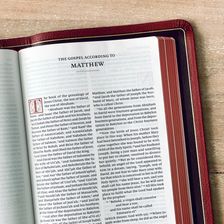
Gospel of John
In this 38-part series, Steve Gregg teaches verse by verse through the Gospel of John, providing insightful analysis and exploring important themes su
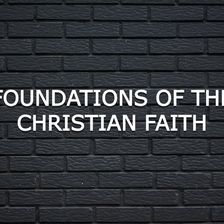
Foundations of the Christian Faith
This series by Steve Gregg delves into the foundational beliefs of Christianity, including topics such as baptism, faith, repentance, resurrection, an
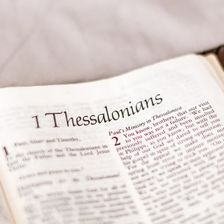
1 Thessalonians
In this three-part series from Steve Gregg, he provides an in-depth analysis of 1 Thessalonians, touching on topics such as sexual purity, eschatology
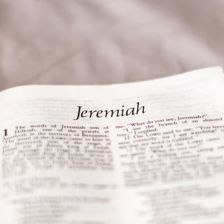
Jeremiah
Steve Gregg teaches verse by verse through a 16-part analysis of the book of Jeremiah, discussing its themes of repentance, faithfulness, and the cons
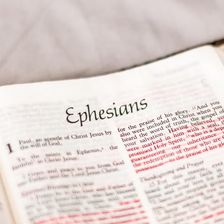
Ephesians
In this 10-part series, Steve Gregg provides verse by verse teachings and insights through the book of Ephesians, emphasizing themes such as submissio

Individual Topics
This is a series of over 100 lectures by Steve Gregg on various topics, including idolatry, friendships, truth, persecution, astrology, Bible study,

Cultivating Christian Character
Steve Gregg's lecture series focuses on cultivating holiness and Christian character, emphasizing the need to have God's character and to walk in the
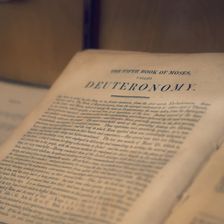
Deuteronomy
Steve Gregg provides a comprehensive and insightful commentary on the book of Deuteronomy, discussing the Israelites' relationship with God, the impor
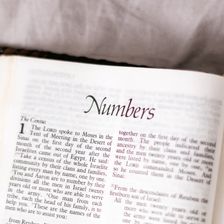
Numbers
Steve Gregg's series on the book of Numbers delves into its themes of leadership, rituals, faith, and guidance, aiming to uncover timeless lessons and

The Beatitudes
Steve Gregg teaches through the Beatitudes in Jesus' Sermon on the Mount.
More on OpenTheo
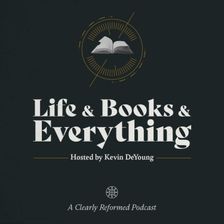
The Heidelberg Catechism with R. Scott Clark
Life and Books and Everything
November 3, 2025
You may not think you need 1,000 pages on the Heidelberg Catechism, but you do! R. Scott Clark, professor at Westminster Seminary California, has writ

Christmas Cranks and Christmas Blessings with Justin Taylor and Collin Hansen
Life and Books and Everything
December 17, 2025
If you are looking for a podcast where three friends talk about whatever they want to talk about and ramble on about sports, books, and grievances, th

After the Crucifixion, was Jesus Resurrected or Rescued? Licona vs. Ally
Risen Jesus
October 8, 2025
This episode is a 2016 debate held at the University of Tennessee – Chattanooga between Dr. Michael Licona and Dr. Shabir Ally, president of the Islam

The Historical Perspective vs. The Theological Perspective on the Resurrection: Are Both Valid?
Risen Jesus
October 1, 2025
This episode is a discussion between Dr. Mike Licona and then PhD candidate Laura Robinson on the Capturing Christianity podcast. While both scholars

“Christians Care More About Ideology than People”
#STRask
October 13, 2025
Questions about how to respond to the critique that Christians care more about ideology than people, and whether we have freedom in America because Ch

Should You Believe Things You Can’t Fully Comprehend?
#STRask
September 25, 2025
Questions about whether you should believe things you can’t fully comprehend, whether it’s just an arbitrary escape hatch to say God doesn’t require a

Why Do We Say Someone Was Saved on a Particular Date If It Was Part of an Eternal Plan?
#STRask
November 24, 2025
Questions about why we say someone was saved on a particular date if it was part of an eternal plan, the Roman Catholic view of the gospel vs. the Bib

What Are Some Good Ways to Start a Conversation About God with Family Members?
#STRask
October 30, 2025
Questions about how to start a conversation about God with non-Christian family members, how to keep from becoming emotional when discussing faith iss

What About Those Who Never Heard the Name of Jesus?
#STRask
December 22, 2025
Questions about what will happen to those who never heard of Jesus or were brought up in a different faith, whether there’s biblical warrant to think

Is Doing the Right Thing a Sin If You Truly Believe It’s Wrong?
#STRask
September 22, 2025
Questions about whether Romans 14:23 means that doing the right thing is a sin if you truly believe it’s wrong, and how to reconcile Hebrews 10:16, wh

How Did a Fisherman Write the Book of Peter?
#STRask
September 18, 2025
Questions about how a fisherman could have written the book of Peter, why people say that not mentioning the destruction of the temple indicates an ea

Life and Ministry in Charlotte and in the SBC with Clint Pressley
Life and Books and Everything
December 15, 2025
In a rare cultural anomaly that may never be repeated in our lifetimes, the current SBC President and current PCA Moderator live in the same neighborh

Can You Provide Verifiable, Non-Religious Evidence That a Supernatural Jesus Existed?
#STRask
November 10, 2025
Question about providing verifiable, non-religious evidence that a supernatural Jesus existed.
* I am an atheist and militantly anti-god-belief. Ho

Is 1 Corinthians 12:3 a Black-and-White Tool for Discernment?
#STRask
October 27, 2025
Questions about whether the claim in 1 Corinthians that “no one can say ‘Jesus is Lord’ except in the Holy Spirit” is a black-and-white tool for disce

The Man on the Middle Cross with Alistair Begg
Life and Books and Everything
November 10, 2025
If you haven’t seen the viral clip, go see it right now. In this episode, Kevin talks to Alistair about the preaching clip he didn’t intend to give, h
